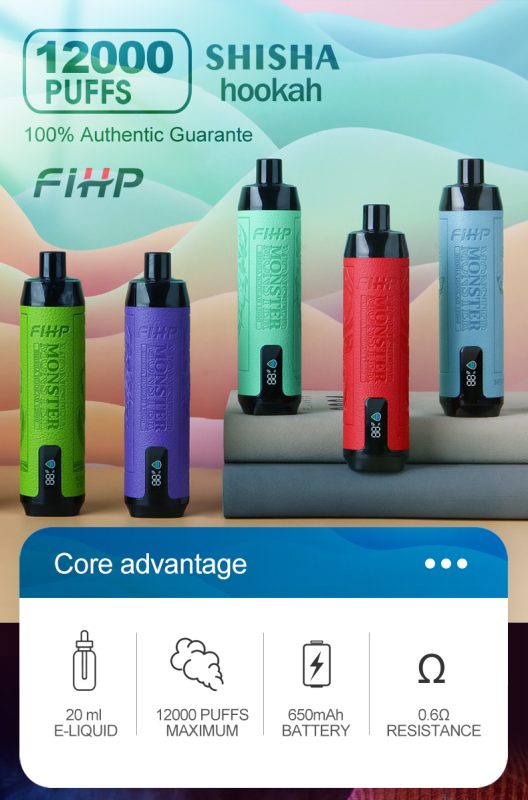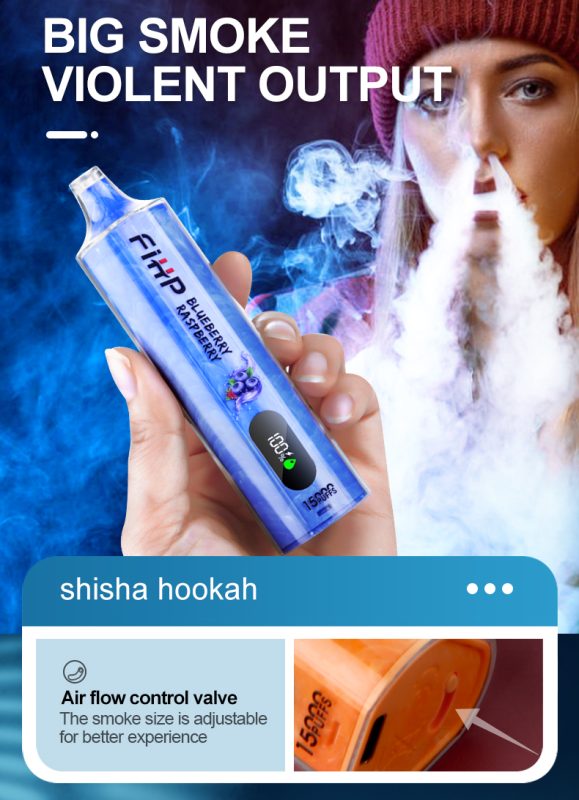vapes
Are there any health concerns or risks associated with using disposable vapes, particularly in comparison to other vaping methods?
In recent years, the rise of disposable vapes has sparked discussions about their health implications, particularly when compared to traditional vaping devices. Understanding these concerns requires a closer examination of the specific risks associated with disposable vapes and how they differ from other forms of vaping.

Disposable vapes typically consist of a battery, a heating element, and a cartridge filled with e-liquid. The e-liquid generally contains nicotine, flavorings, and other chemicals. One significant concern is the variability in ingredients and the potential presence of harmful substances, including heavy metals like lead and volatile organic compounds (VOCs) such as formaldehyde.
Nicotine Exposure
Nicotine is a highly addictive substance found in most e-liquids used in disposable vapes. The concentration of nicotine can vary widely among different brands and products, leading to inconsistent exposure levels. High nicotine content can increase the risk of addiction, especially among young users who may be more sensitive to its effects.
Health Risks
- Respiratory Health: Inhalation of aerosols from disposable vapes can irritate the respiratory tract and potentially lead to respiratory problems over time. The heating process can produce toxic byproducts, although the extent of harm compared to traditional cigarettes is still under study.
- Cardiovascular Effects: Nicotine consumption, even through vaping, can elevate heart rate and blood pressure, potentially increasing the risk of cardiovascular issues. The long-term cardiovascular impact of disposable vapes requires further research.
- Addiction: Due to their high nicotine content and ease of use, disposable vapes can contribute to nicotine addiction, particularly in younger users who may perceive them as less harmful than cigarettes.
Comparative Analysis
When compared to refillable vaping devices (e.g., vape pens, mods), disposable vapes have some distinct differences:
- Convenience vs. Customization: Disposable vapes are convenient and require no maintenance or refilling, making them appealing for beginners. However, refillable devices offer more control over e-liquid ingredients and nicotine levels.
- Environmental Impact: Disposable vapes contribute significantly to e-waste due to their single-use nature, raising environmental concerns that are less prominent with refillable devices.
Regulatory Landscape
The regulation of disposable vapes varies by region. Some jurisdictions have implemented restrictions on nicotine content, flavors, and marketing practices to curb youth use and mitigate potential health risks.
While disposable vapes offer convenience and simplicity, they are not without health concerns. Their high nicotine content, variability in ingredients, and potential for environmental harm underscore the importance of informed decision-making and regulatory oversight. Compared to other vaping methods, they present unique risks that warrant further research and public awareness campaigns to ensure users understand the potential health implications.
Understanding these factors is crucial for individuals considering vaping as an alternative to smoking or exploring nicotine consumption options. Awareness of the risks associated with disposable vapes can help users make informed choices regarding their health and well-being.

